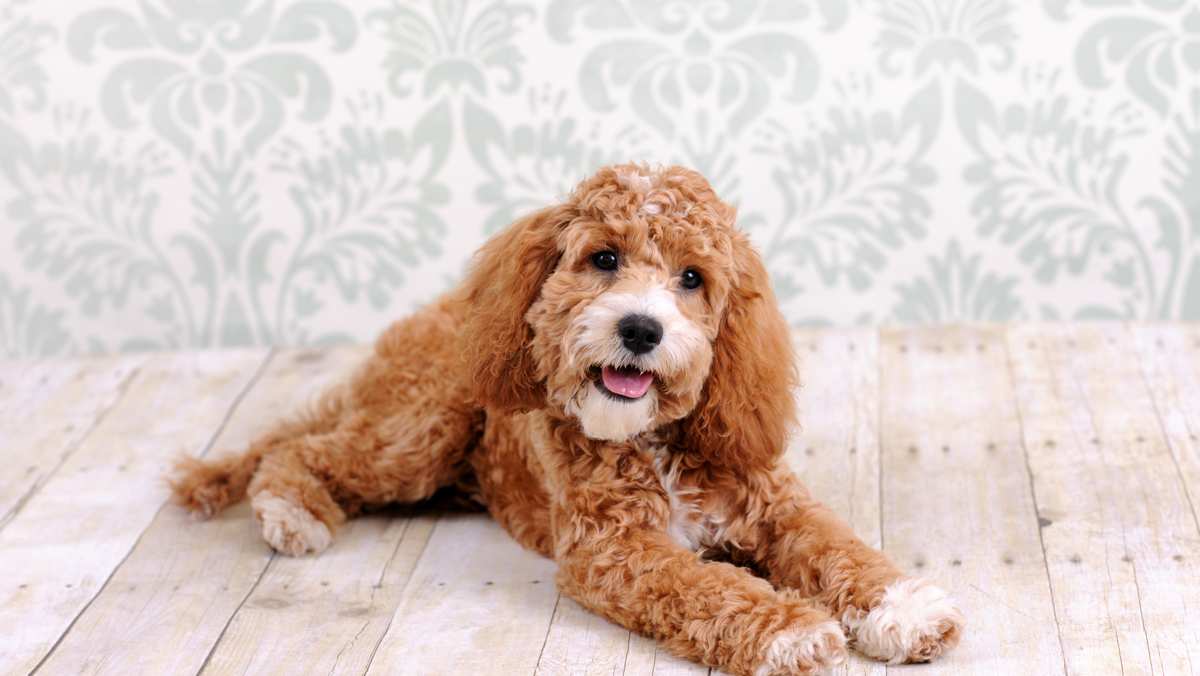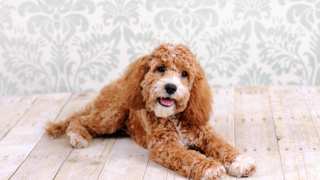Cockapoo Breed Details
Although the Cockapoo's parent breeds, the Cocker Spaniel and the Poodle, are formally placed in the sporting group of dogs, the Cockapoo is usually considered a non-sporting dog, and occasionally considered in a group shared with Doodle mixes (Labradoodles, Golden Doodles, etc.). As the Cockapoo is believed to be the first designer dog, the traits of their parent breeds are very rarely prompted to be used. This hybrid is best suited for indoor companionship for people and families who can be home with their Cockapoos most every day and all day, and are comfortable in small apartments and large houses alike.
Below are some Cockapoo facts to consider before adopting one of these cute hybrid dogs!
PROS
- Very friendly, loves to play constantly and is always looking for new friends
- Gets along well with other dogs and most other pets
- Sheds very little, if at all
- Tends to have far fewer health concerns than those of his parent breeds
- Loves water, as both parent breeds are historically hunting dogs that were trained to chase and retrieve game from water
- Can make a good watchdog
CONS
- May be difficult to house train
- If left alone for long periods of time, may develop separation anxiety and bad habits such as barking and destroying furniture
- Can be obstinate if not trained early and patiently
- Must be groomed frequently to prevent hair-matting and overly long coat (especially in hot climates and/or summer)
- Needs at least a fair amount of exercise every day to burn off all the energy
- May inherit a lot of both parent breeds' ailments such as skin allergies, eye diseases and ear infections




